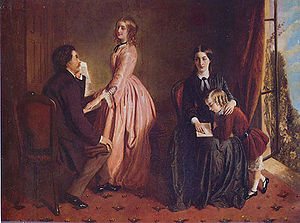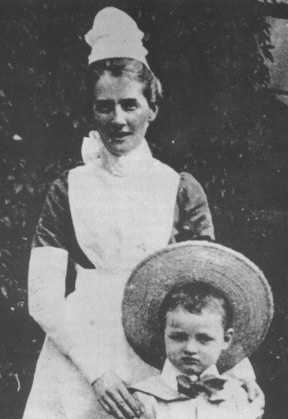A woman who is employed in a household to train the children and to teach them is identified as a governess. The role of a governess is a bit different from a nanny or a babysitter for the matter. The governesses’ main concern is teaching the kids of the household and providing them with certain training. Children who have reached school age come under the care of the governess, babies don’t.
Governesses are rarely found in the modern times. However, you will find them operating in wealthy households such as in the Saudi Royal family. Governesses were quite common in households of the Victorian era. Many well-off families employed governesses to teach children. Schools for girls were not such a popular idea during the Victorian times.

Parents of girls preferred to educate them at home with grammar lessons, reading, and writing, music lessons were often imparted by governesses of the Victorian times. Even young boys came under the care of governesses along with their sisters. But once the boy grew in a few years, he moved on to a tutor or moved to the school.
The Victorian governesses were slightly different from their modern counterparts. The Victorian governesses didn’t provide children with such advanced education, as is done by the modern governesses. The young girls under the tutelage of the Victorian governesses were taught the manners and etiquettes that the girls of the well to do families had to learn.

The girls were usually taught French or another foreign language. They were given piano lessons or taught how to play any other musical instrument. The girls were also taught to paint. Usually, paintings were done in watercolors. Oil colors were not preferred by the students or by their families. Painting by using watercolors was considered ladylike. Girls have also imparted poetry education.
If we look at the position of a governess in a Victorian household, we will find that it was quite awkward. She was not exactly looked upon as a servant of the house. Neither was she regarded as a family member. Women who served as governesses belonged to the middle-class strata of the society. Many unmarried girls served as governesses to support themselves.
Once the girls grew up the governess had to seek another household where she could teach. Some of the families also retained the governess to be a paid companion of the girls.